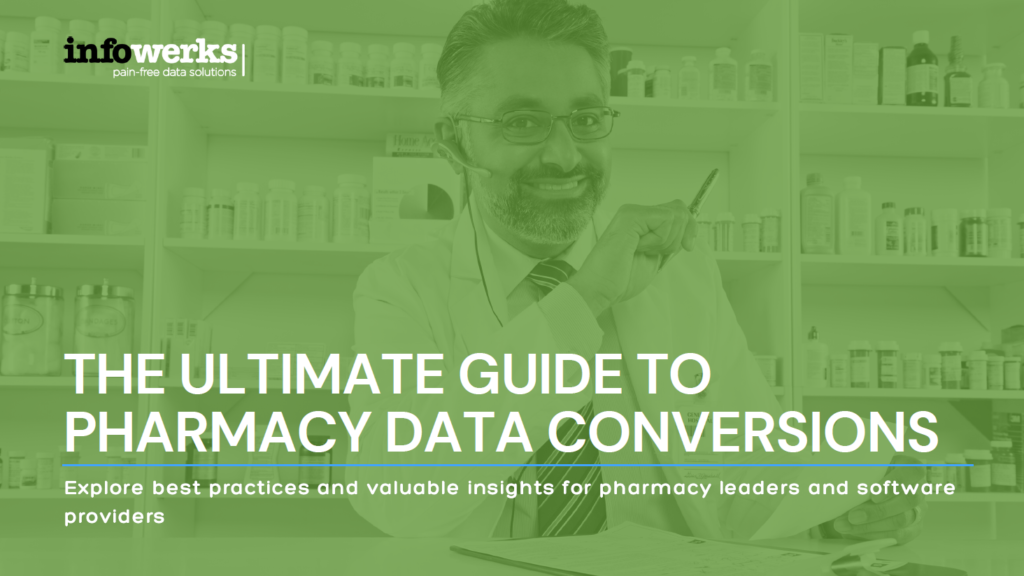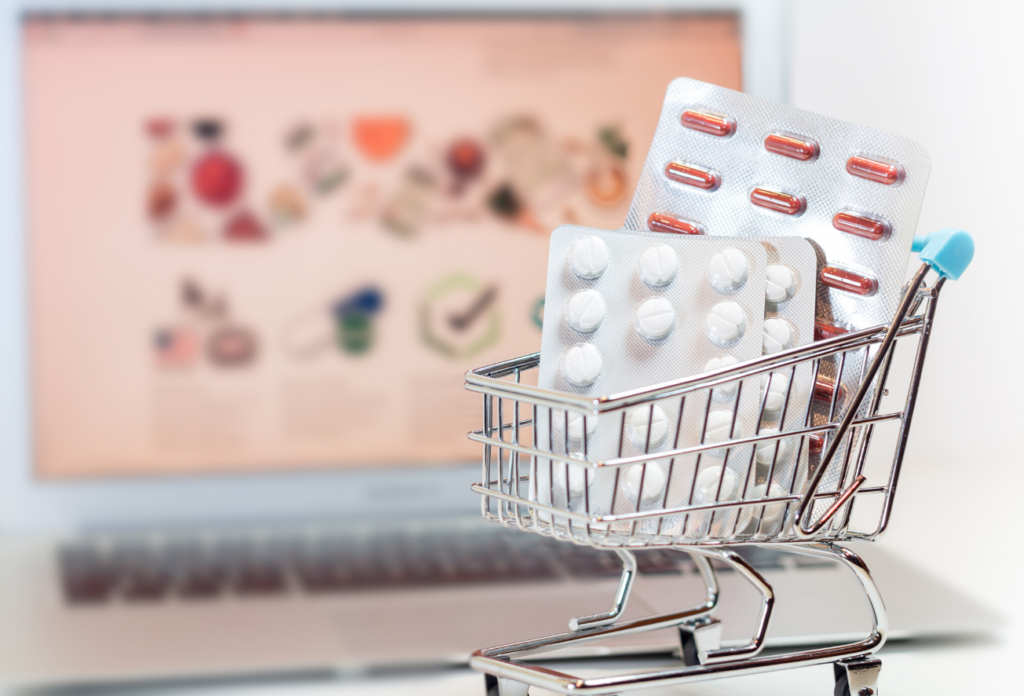
Those working on the frontlines of COVID-19 come from every part of the healthcare ecosystem. Pharmacy’s role in COVID-19 continues to evolve and become more essential. The Department of Health and Human Services (HHS) recently announced a partnership with independent and chain pharmacies to distribute the vaccine when approved. The link between pharmacy and COVID-19 will be part of history, and their role is certainly not supporting. They deserve feature billing.
Pharmacy Has Been a Vaccine Provider for Years
Pharmacists have been part of vaccine distribution for years, serving as an accessible way for many to get their annual flu shot. A study published in the Canadian Pharmacists Journal found that community pharmacy involvement in providing flu shots improved patient access to vaccination.
The Centers for Disease Control and Prevention (CDC) released data showing pharmacy was the second most common place to receive the flu shot. Doctor’s offices were the top spot.
HHS allows pharmacists in all states to provide flu shots. Pharmacies are preparing for a boost in demand, and manufacturers increased production by about 15% for this year. Health agencies and experts recommend that every consumer receive the flu shot. It’s more important now than ever, they say.
Access has long been an issue for any medical treatment. Right now, it’s not so easy to see a primary care physician and get the shot. It’s much easier to walk into a pharmacy. Many chain and community pharmacies allow consumers to make appointments online. In just a few minutes, you can be on your way.
Additionally, pharmacies offer vaccines for pneumonia, shingles, tetanus, hepatitis, meningitis, and more. Each state has its own rules for pharmacist capabilities.
Pharmacy and COVID-19 Vaccines: The Partnership
HHS stated that its partnership with pharmacies would cover about 60% of the U.S. population. There are areas of the U.S. that are pharmacy deserts, meaning the population doesn’t have easy access to locations. These occur mostly in rural areas, but metro areas have them as well. It’s possible that private sector pharmacies could work with HHS for outreach programs and mobile vaccine delivery.
The HHS Secretary said, “leveraging the existing private sector infrastructure” was critical to streamlining distribution. Consumers will not incur costs for the vaccine.
Pharmacies that want to be part of the program should coordinate with local health departments to enroll in the federal allocation program.
Preliminary results from the Pfizer vaccine ramped up speculation on approval coming soon, but the pharmaceutical company still must release more data. Then the Food and Drug Administration (FDA) can issue emergency approval.
Pfizer Vaccine Could Have Distribution Challenges
While news of the Pfizer vaccine’s effectiveness is great news, a distribution problem looms. Pfizer’s vaccine requires cold storage and two separate shots. Pharmacies have the infrastructure to support this, so it shouldn’t impact their ability to facilitate the vaccine. However, it’s just one more factor in the discussion of access.
What’s Next?

The vaccine must meet approval, whether that be Pfizer’s or another pharmaceutical companies. After approval, production will need to ramp up. Then there’s distribution across the country.
Pharmacies will have to develop processes and procedures for vaccines. They might mimic what they do now for other vaccines, but there will be differences. Pharmacies will also need to communicate with their community and patients. This outreach could involve digital campaigns as well as print solutions like in-store signage and direct mail letters. By using consistent and factual information, pharmacies can reduce misinformation and define their vaccine protocols.
We look forward to supporting our pharmacy partners any way we can, as they continue to be on the frontlines of COVID-19.



